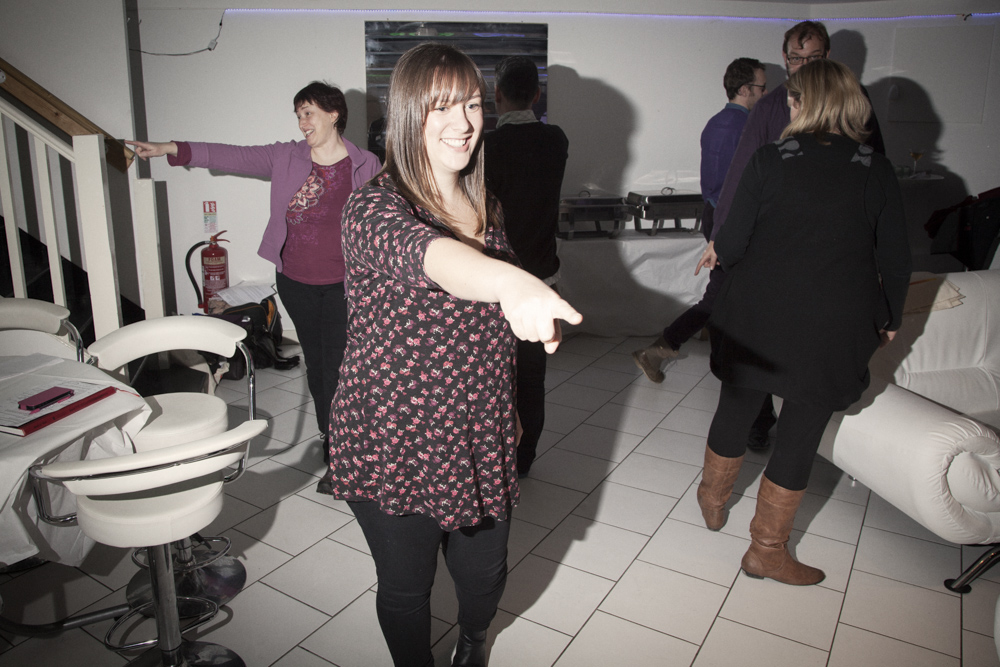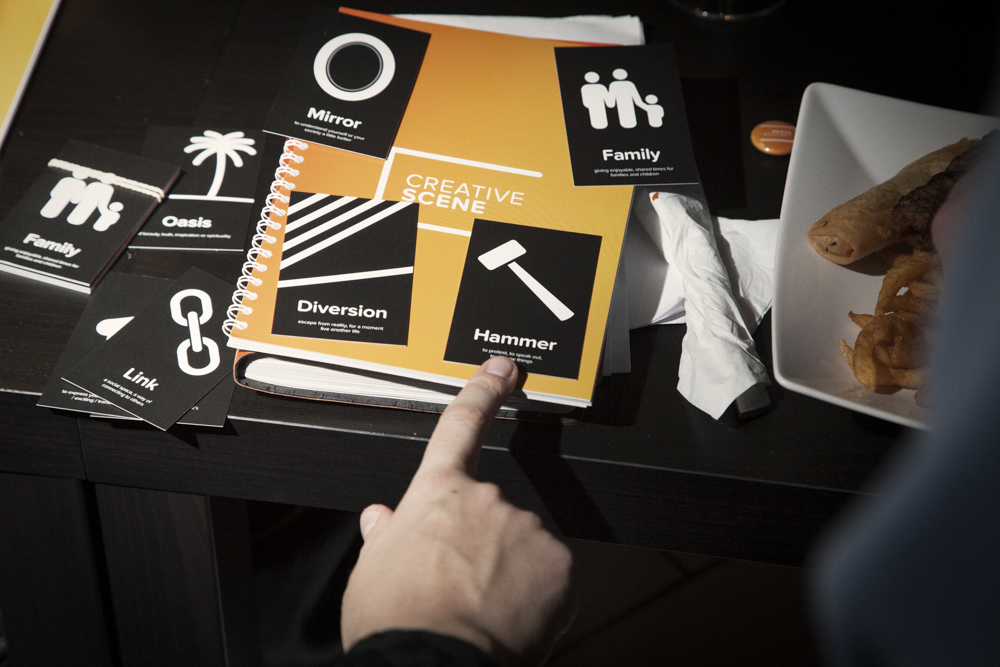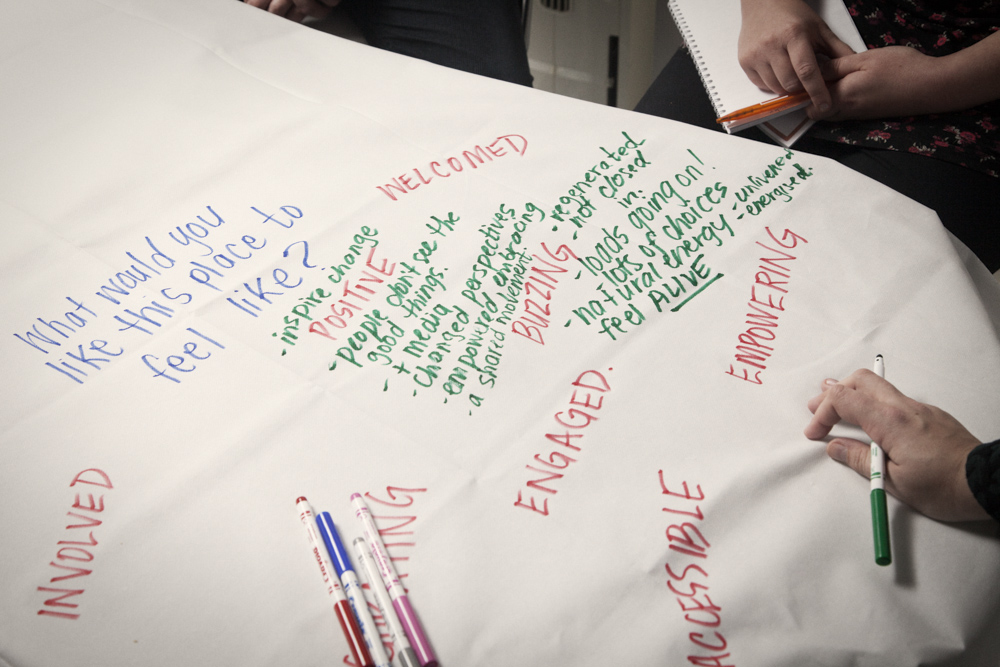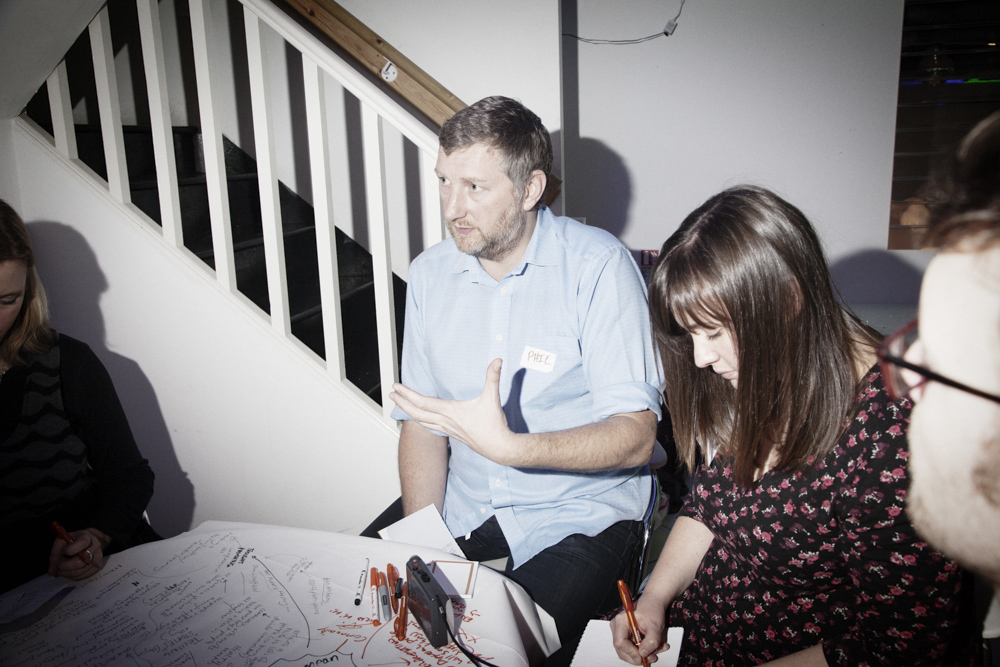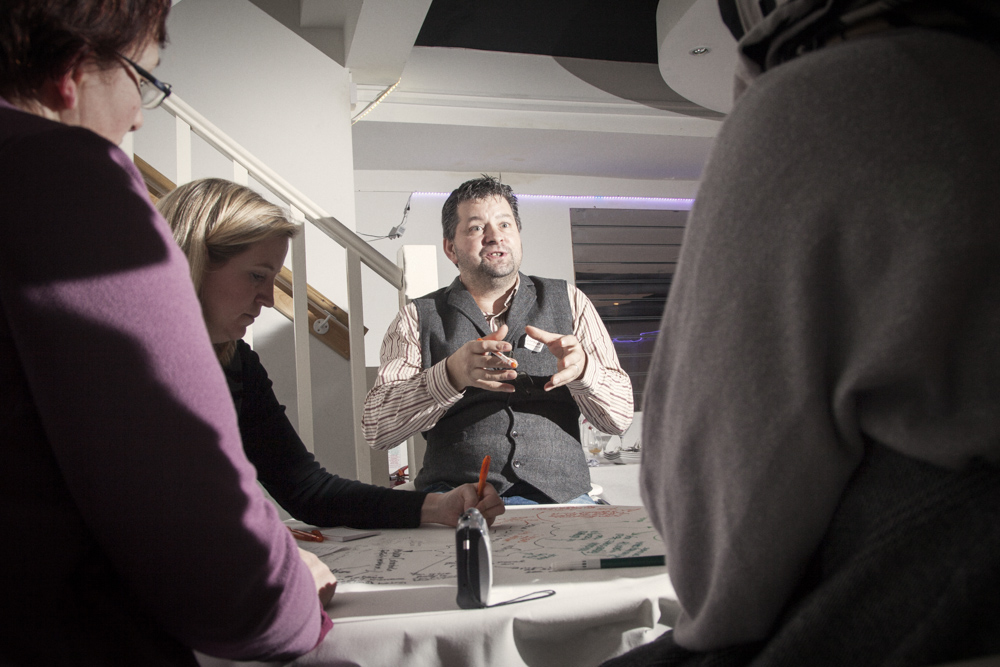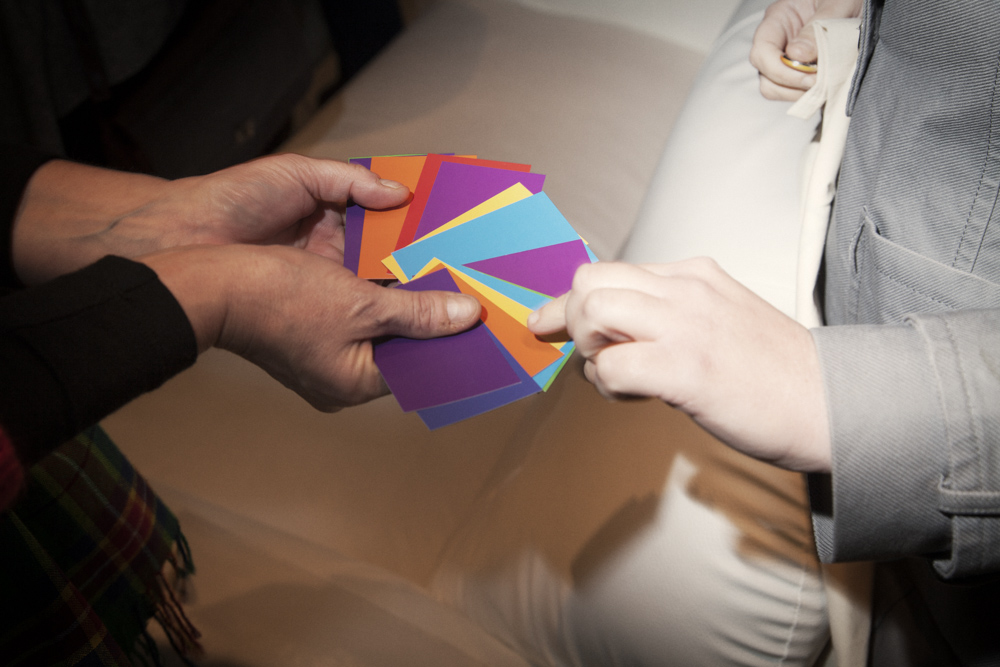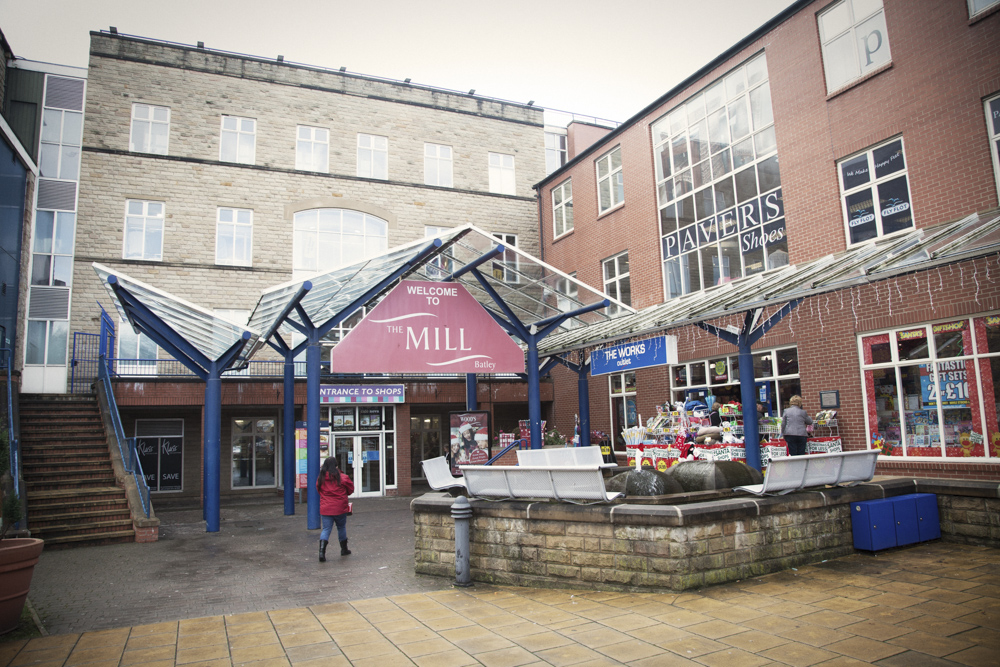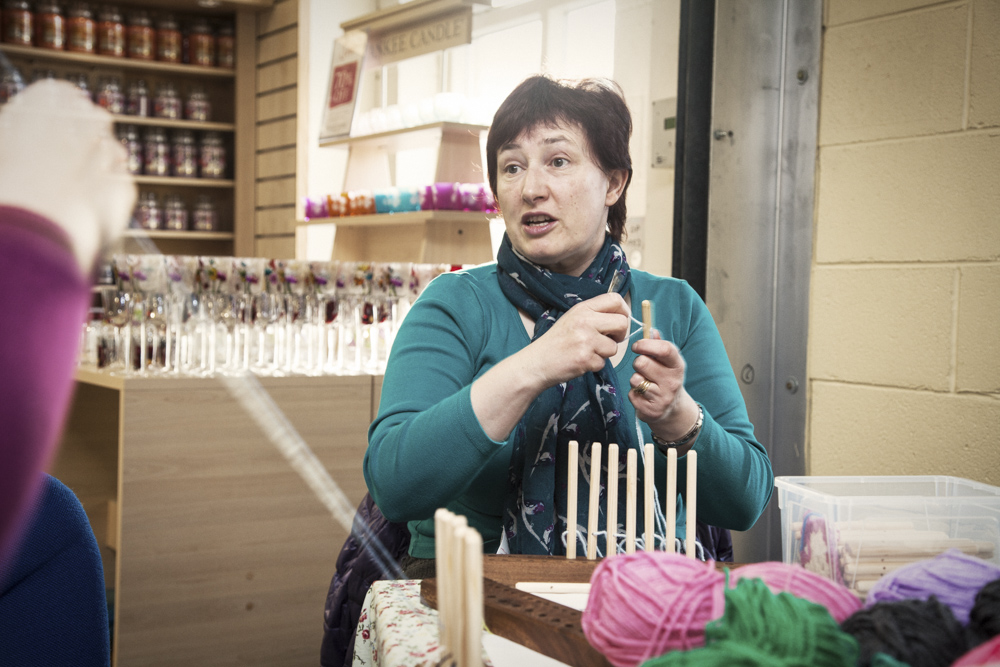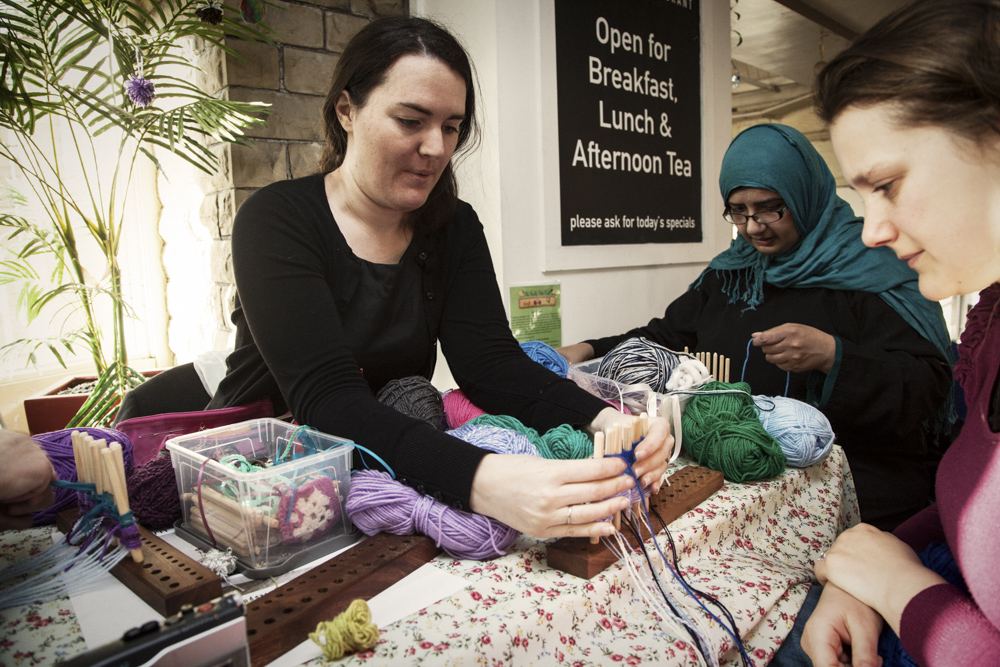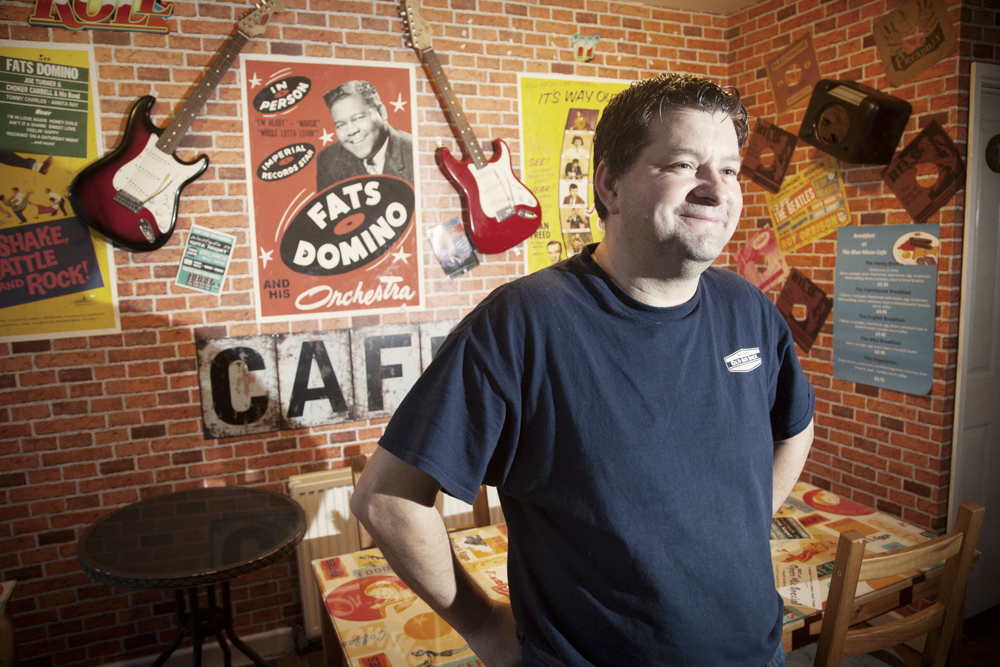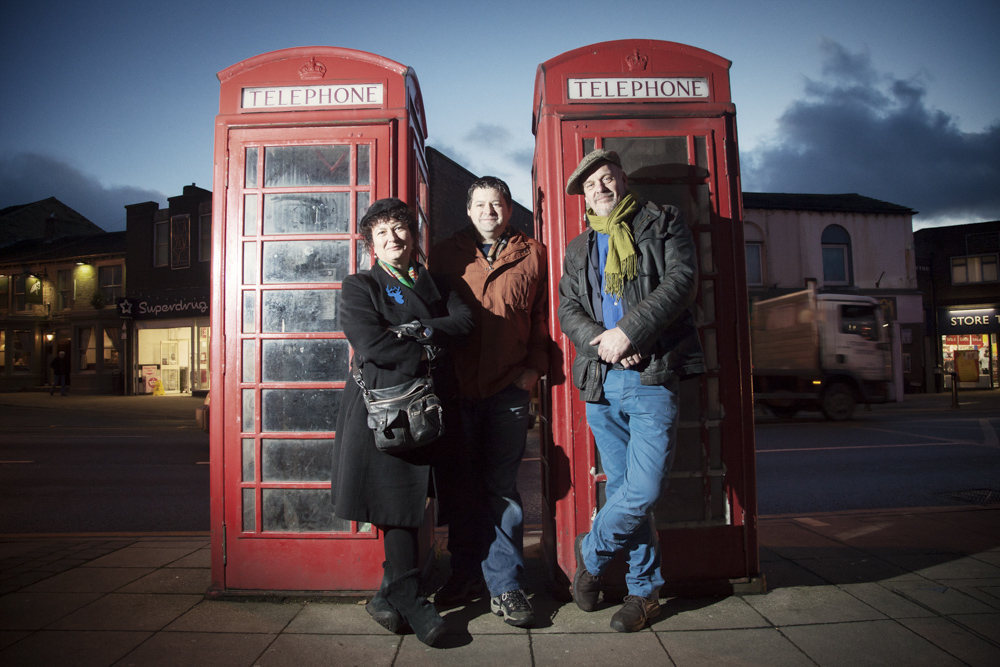“The minute the stage starts to rise you can see it’s not a conventional performance. It’s epic,” he says.
“How would you describe it?” I ask.
Simon thinks for a second. “Imagine you are stood on the top of a multi-storey car park looking down at what was going on way below you. Well it was like that but it was all in front of you, in the air.”
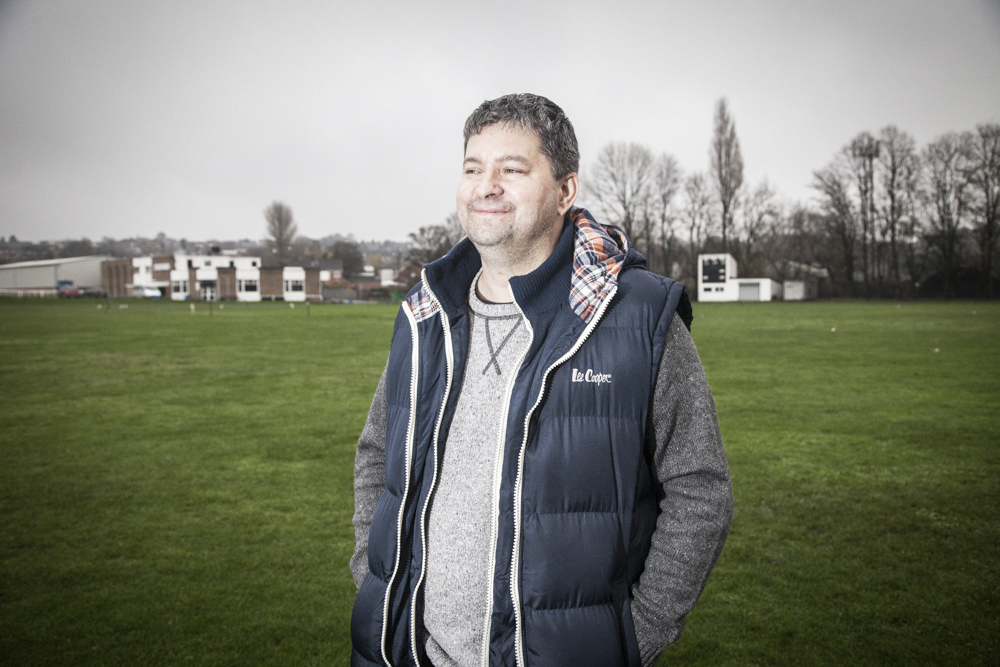
“They did a little sequence with an actor on each corner of the stage, hung upside down doing a dance routine. It was as if they were in zero gravity with magnetic boots, just dancing upside down. Amazing.”
There’s a site visit today to investigate the possibility of ‘Wired’ doing a show here, on this little cricket ground half way between Huddersfield and Leeds.
“Here they are,” I say as a couple of cars pull up. There’s Nancy and Vicky from Creative Scene and Jamie, the technical director at Wired with Anaïs, from the production company, XTRAX. It’s as if the away team has just arrived.
Introductions are made as we make our way to to the clubhouse to meet Brian and Terry, the club’s chair and steward.
“We’re working for a project called Creative Scene,” begins project director, Nancy Barrett. “A couple of years ago Kirklees Council, the Lawrence Batley Theatre and the Batley Festival successfully applied for some funding and so we’ve now got quite a large amount of money – £2 million – to spend in North Kirklees in the next three years.
“Part of the programme is to support local people in thinking about the kind of things they want to see in their areas. So we’ve got a group of people called SceneMakers – and Simon here is one – who have been visiting different places to see what inspires them.
“It’ll be the SceneMakers, people like Simon, who’ll help us make decisions about what we put on in Heckmondwike and elsewhere.”
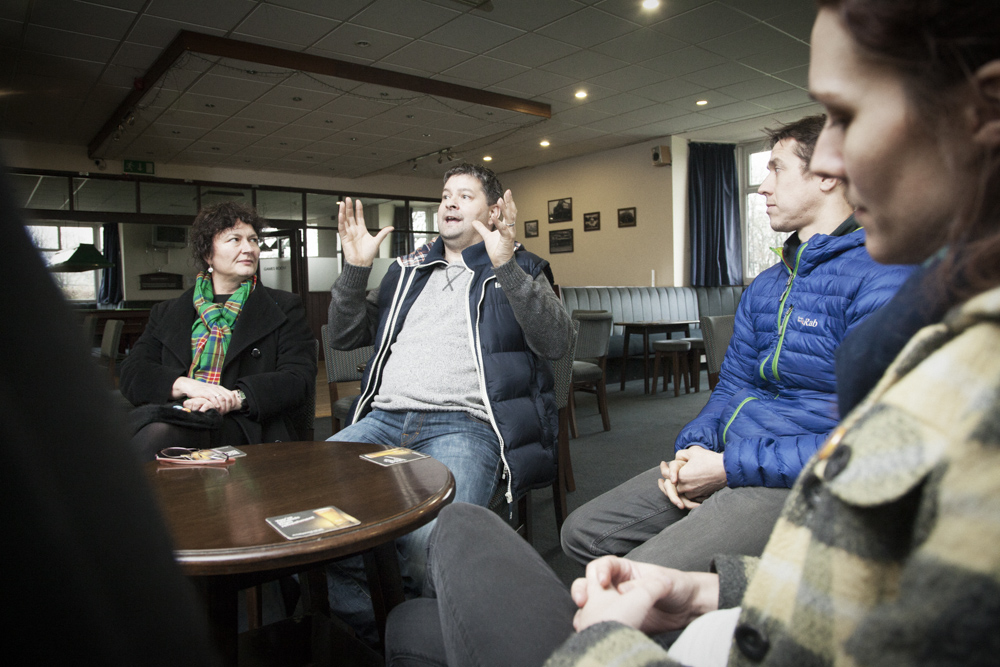
I can see that Terry and Brian are intrigued and Jamie is now telling them about a new production they are working on. “It’s very early days for the new show,” he says, “but essentially it’s a play on light and features a young boy going on a journey…”
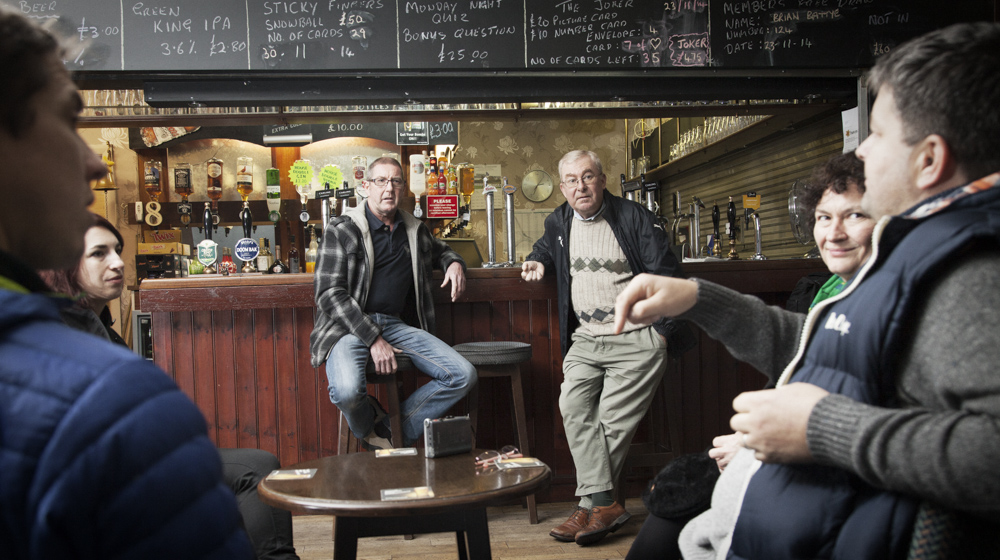
“A couple of thousand people?” suggests Nancy.
“That’s a lot of people,” says Terry. “And would you be thinking of putting it on the cricket or the football pitch?”
Both Terry and Brian look more relaxed when Jamie suggest it might work better on the football pitch, if it were to happen here.
“Shall we go and have a look outside?” says Brian, as everyone makes their way back under the darkening skies.
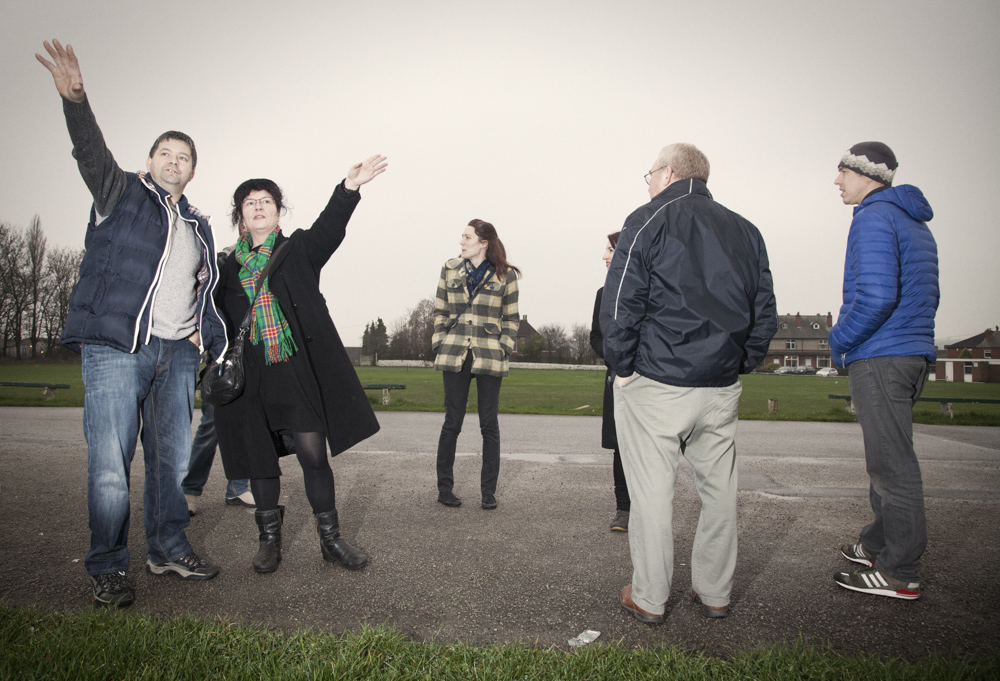
As we head back to our cars, I ask Simon what he thinks. “If there’s an opportunity for it to come to Heckmondwike, or anywhere in North Kirklees,” he says, “then I’ve got to get involved and do what I can to make that happen. That’s why I’m here.”
